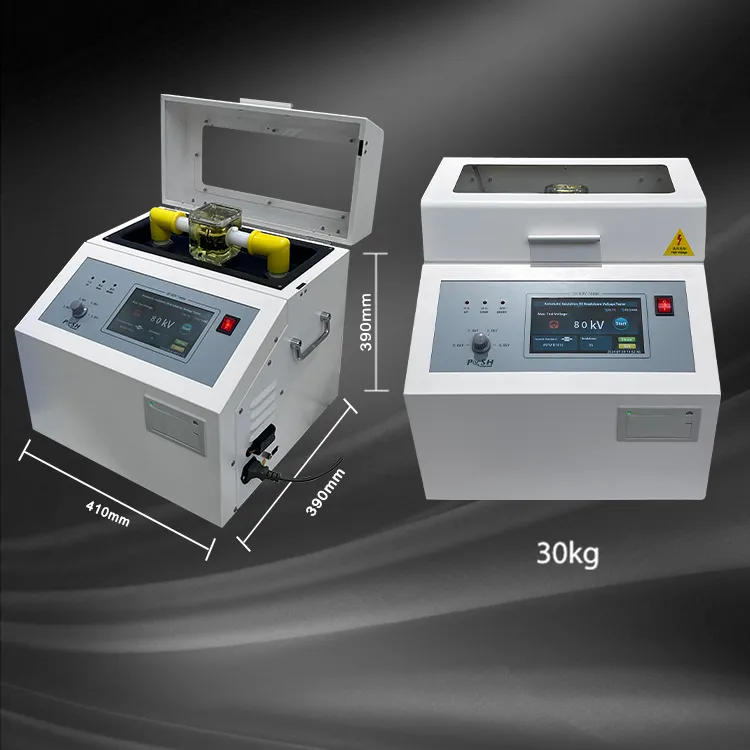 English
English



-
 Afrikaans
Afrikaans -
 Albanian
Albanian -
 Amharic
Amharic -
 Arabic
Arabic -
 Armenian
Armenian -
 Azerbaijani
Azerbaijani -
 Basque
Basque -
 Belarusian
Belarusian -
 Bengali
Bengali -
 Bosnian
Bosnian -
 Bulgarian
Bulgarian -
 Catalan
Catalan -
 Cebuano
Cebuano -
 China
China -
 China (Taiwan)
China (Taiwan) -
 Corsican
Corsican -
 Croatian
Croatian -
 Czech
Czech -
 Danish
Danish -
 Dutch
Dutch -
 English
English -
 Esperanto
Esperanto -
 Estonian
Estonian -
 Finnish
Finnish -
 French
French -
 Frisian
Frisian -
 Galician
Galician -
 Georgian
Georgian -
 German
German -
 Greek
Greek -
 Gujarati
Gujarati -
 Haitian Creole
Haitian Creole -
 hausa
hausa -
 hawaiian
hawaiian -
 Hebrew
Hebrew -
 Hindi
Hindi -
 Miao
Miao -
 Hungarian
Hungarian -
 Icelandic
Icelandic -
 igbo
igbo -
 Indonesian
Indonesian -
 irish
irish -
 Italian
Italian -
 Japanese
Japanese -
 Javanese
Javanese -
 Kannada
Kannada -
 kazakh
kazakh -
 Khmer
Khmer -
 Rwandese
Rwandese -
 Korean
Korean -
 Kurdish
Kurdish -
 Kyrgyz
Kyrgyz -
 Lao
Lao -
 Latin
Latin -
 Latvian
Latvian -
 Lithuanian
Lithuanian -
 Luxembourgish
Luxembourgish -
 Macedonian
Macedonian -
 Malgashi
Malgashi -
 Malay
Malay -
 Malayalam
Malayalam -
 Maltese
Maltese -
 Maori
Maori -
 Marathi
Marathi -
 Mongolian
Mongolian -
 Myanmar
Myanmar -
 Nepali
Nepali -
 Norwegian
Norwegian -
 Norwegian
Norwegian -
 Occitan
Occitan -
 Pashto
Pashto -
 Persian
Persian -
 Polish
Polish -
 Portuguese
Portuguese -
 Punjabi
Punjabi -
 Romanian
Romanian -
 Russian
Russian -
 Samoan
Samoan -
 Scottish Gaelic
Scottish Gaelic -
 Serbian
Serbian -
 Sesotho
Sesotho -
 Shona
Shona -
 Sindhi
Sindhi -
 Sinhala
Sinhala -
 Slovak
Slovak -
 Slovenian
Slovenian -
 Somali
Somali -
 Spanish
Spanish -
 Sundanese
Sundanese -
 Swahili
Swahili -
 Swedish
Swedish -
 Tagalog
Tagalog -
 Tajik
Tajik -
 Tamil
Tamil -
 Tatar
Tatar -
 Telugu
Telugu -
 Thai
Thai -
 Turkish
Turkish -
 Turkmen
Turkmen -
 Ukrainian
Ukrainian -
 Urdu
Urdu -
 Uighur
Uighur -
 Uzbek
Uzbek -
 Vietnamese
Vietnamese -
 Welsh
Welsh -
 Bantu
Bantu -
 Yiddish
Yiddish -
 Yoruba
Yoruba -
 Zulu
Zulu
seta flash point
Understanding Seta Flash Point Importance in Safety and Handling
The seta flash point is a crucial parameter in understanding the flammability and safety of various materials, particularly liquids. It signifies the lowest temperature at which a liquid can form an ignitable mixture with air when an ignition source is applied. This property is fundamental in several industries, including chemical manufacturing, pharmaceuticals, and even food processing, as it helps in assessing the hazards associated with different substances.
The determination of the seta flash point involves specific testing procedures, typically carried out in controlled environments to ensure accuracy. One widely used method is the closed cup method, which involves placing a sample in a sealed container and gradually heating it until the vapors can ignite upon exposure to an ignition source, like a small flame or spark. The temperature at which this occurs is recorded as the flash point. It is important to conduct these tests under standardized conditions to ensure reliable and consistent results.
Understanding the seta flash point is essential for various reasons. Firstly, it plays a vital role in the classification of hazardous materials. Substances with low flash points are considered more flammable and pose greater risks during storage, handling, and transport. For example, liquids with flash points below 60 degrees Celsius are often classified as flammable liquids, requiring stringent safety measures. This classification helps in establishing guidelines and regulations that govern the safe use of these materials in industrial and commercial applications.
seta flash point

Moreover, knowing the seta flash point is critical for developing safe handling procedures. Industries that deal with flammable liquids must implement rigorous safety protocols to mitigate fire risks. This includes proper storage practices, such as using flame arrestors, explosion-proof equipment, and ensuring adequate ventilation in areas where flammable vapors could accumulate. Additionally, training personnel on the significance of flash points helps ensure that they are aware of the risks associated with the materials they work with and how to handle them safely.
In emergency situations, the knowledge of seta flash points can be lifesaving. First responders need to understand the characteristics of the materials involved in order to take appropriate action. For instance, if a fire involves a flammable liquid with a low flash point, responders must use specific techniques and suppression methods to combat the fire effectively. On the other hand, if a substance with a high flash point is involved, the approach may differ significantly, thus emphasizing the importance of accurate flash point information in emergency response protocols.
Furthermore, regulatory agencies, such as OSHA (Occupational Safety and Health Administration) and EPA (Environmental Protection Agency), have established regulations that mandate the disclosure of flash point data on Material Safety Data Sheets (MSDS) or Safety Data Sheets (SDS). This information is vital for workplaces to assess the risks associated with chemicals and to implement the necessary safety measures to protect workers and the environment.
In conclusion, the seta flash point is an essential characteristic that provides critical information regarding the safety and handling of various substances. Understanding this property enhances risk assessment, informs safe handling and storage practices, and assists in emergency response planning. As businesses continue to innovate and develop new materials, having a clear understanding of flammability characteristics, such as the seta flash point, will remain a priority in maintaining safety standards across industries.
-
Testing Equipment Industry Sees Major Advancements in 2025: Smart & Precision Technologies Lead the WayNewsJun.06,2025
-
Applications of Direct Current Generators in Renewable Energy SystemsNewsJun.05,2025
-
Hipot Tester Calibration and Accuracy GuidelinesNewsJun.05,2025
-
Digital Circuit Breaker Analyzer Features and BenefitsNewsJun.05,2025
-
Benefits of Real-Time Power Quality Monitoring Devices for Industrial EfficiencyNewsJun.05,2025
-
Earth Fault Loop Testing in High-Rise Building Electrical SystemsNewsJun.05,2025



